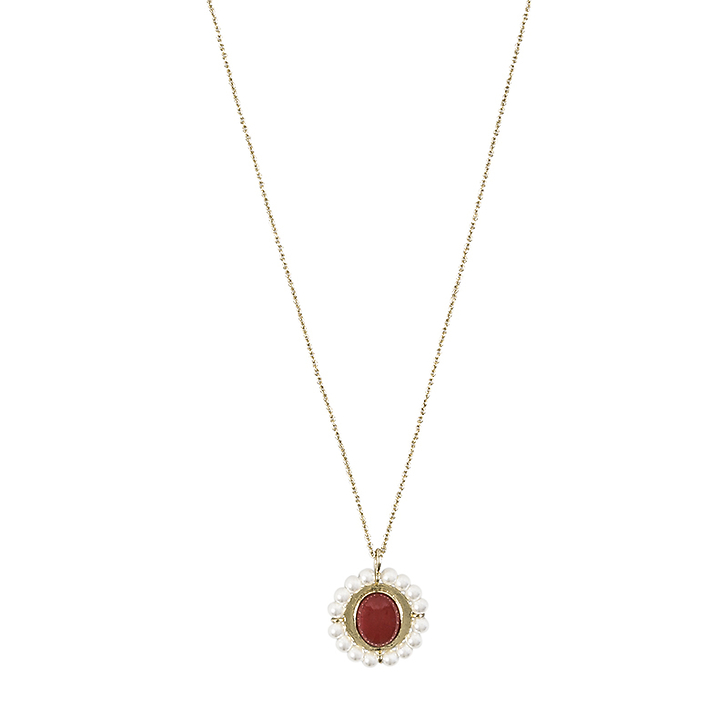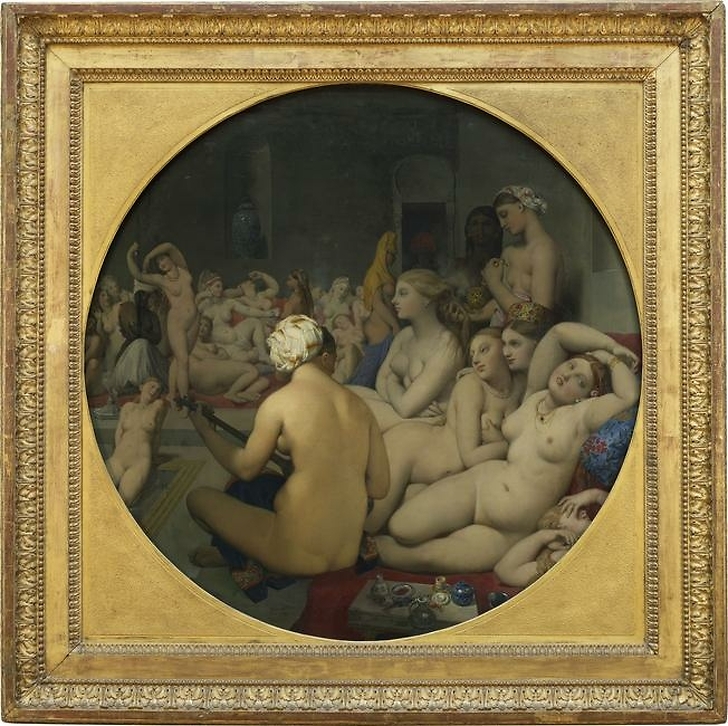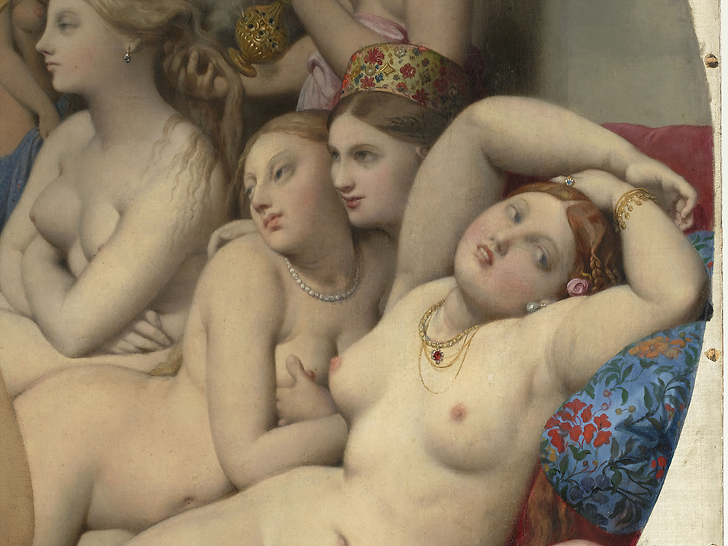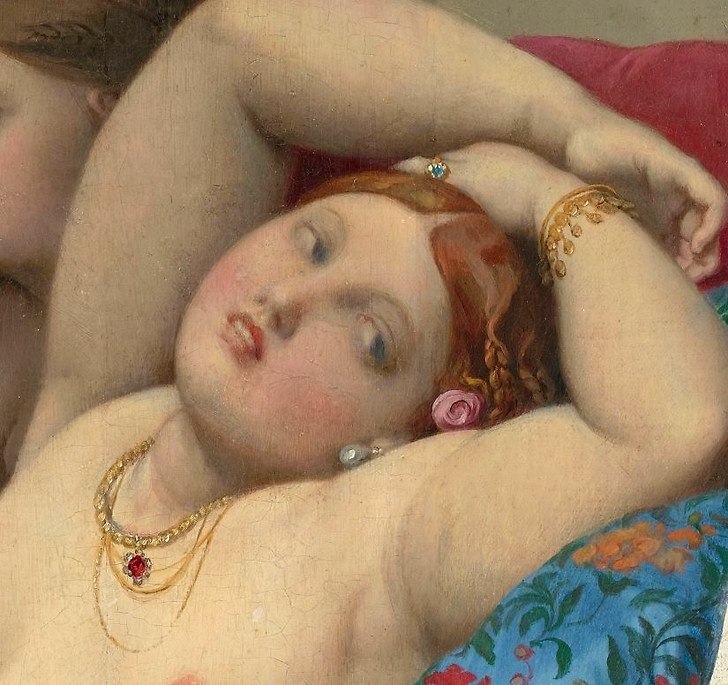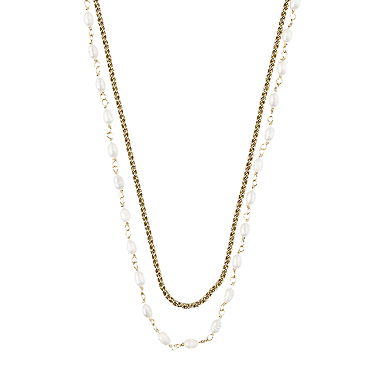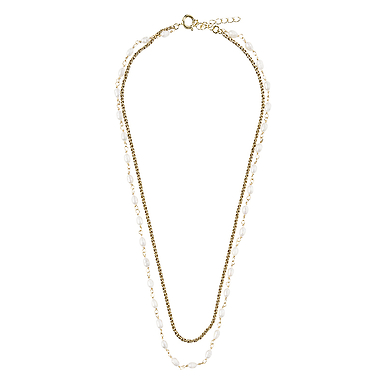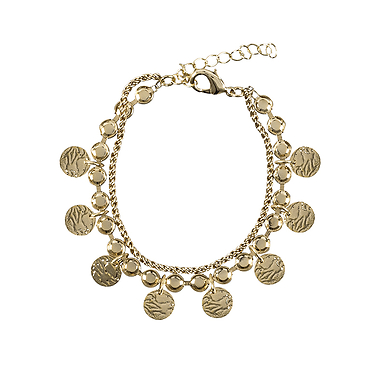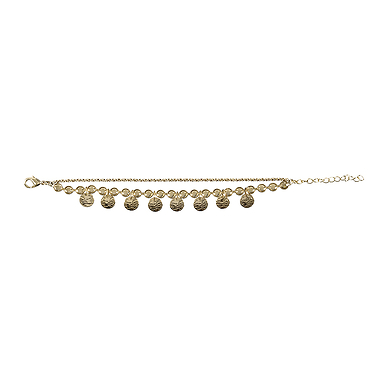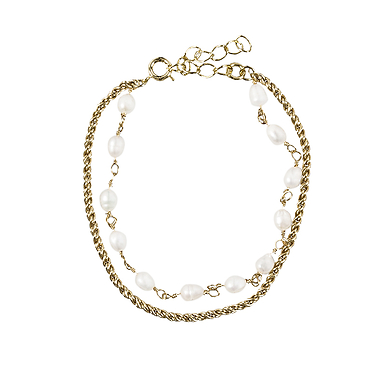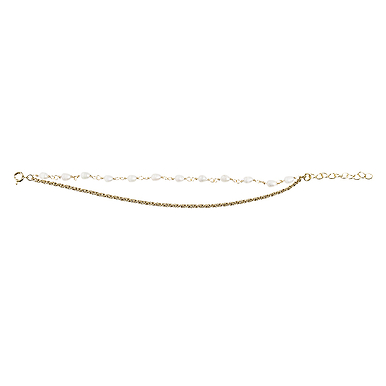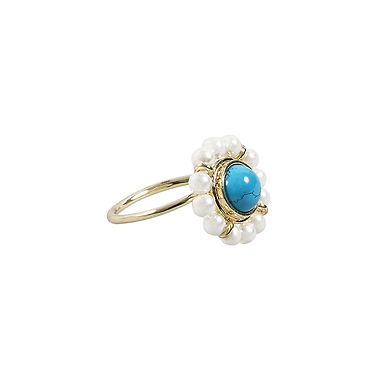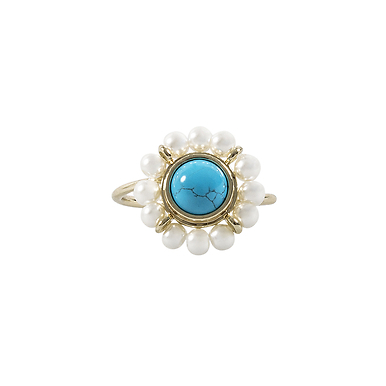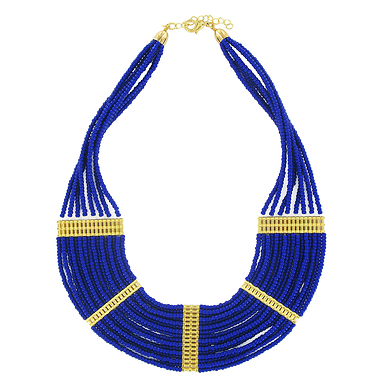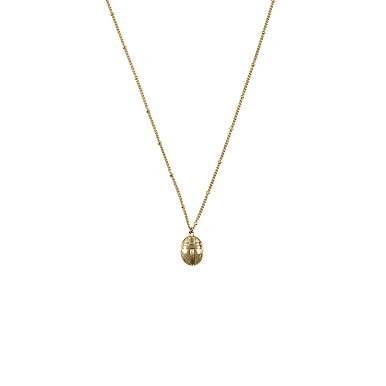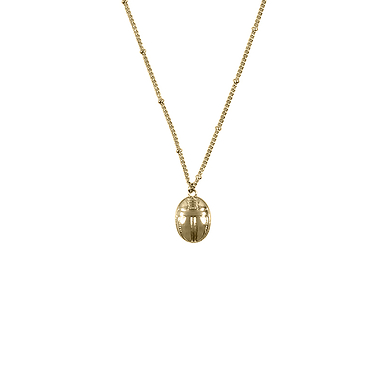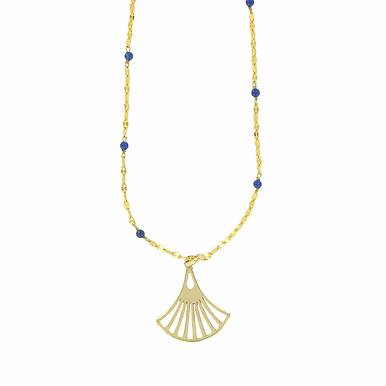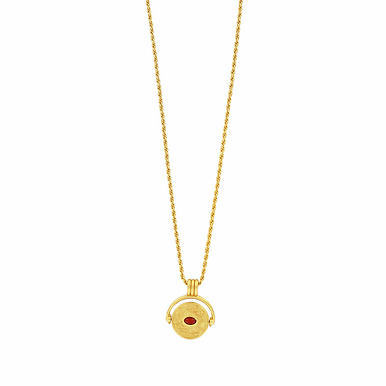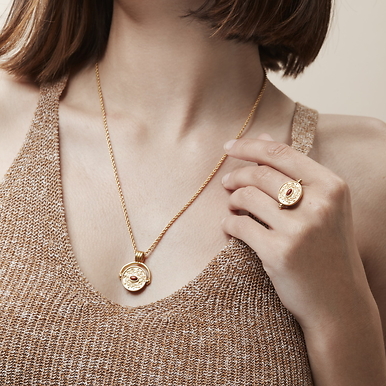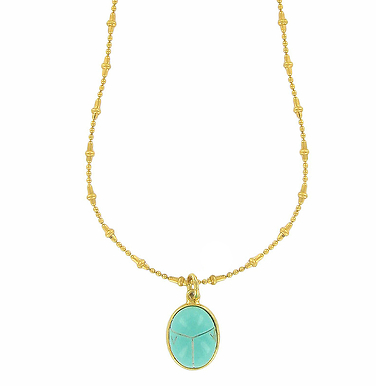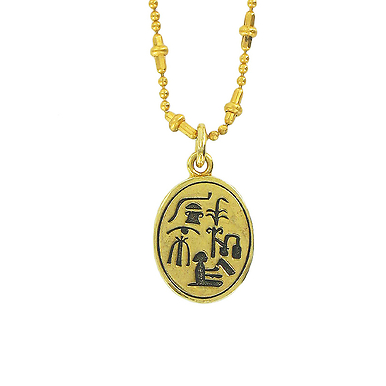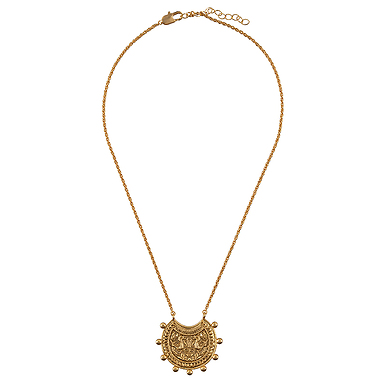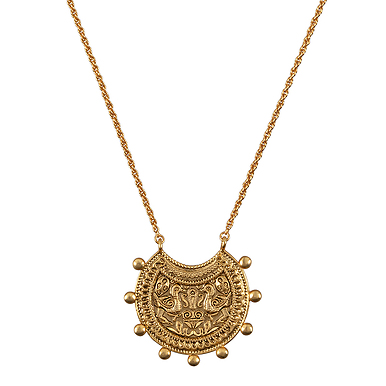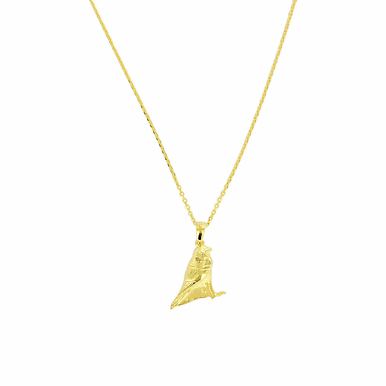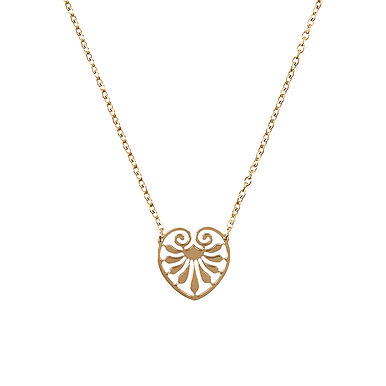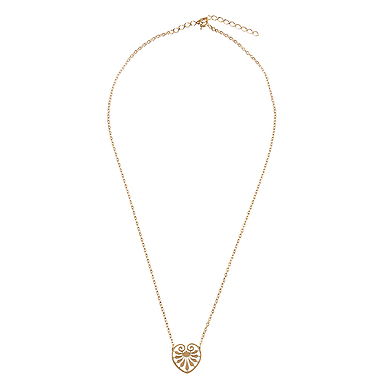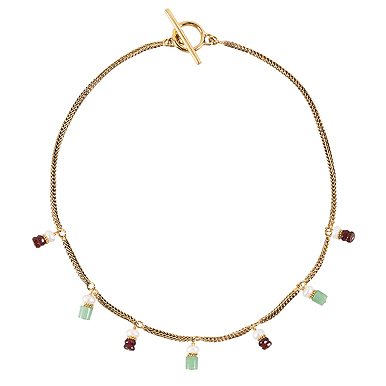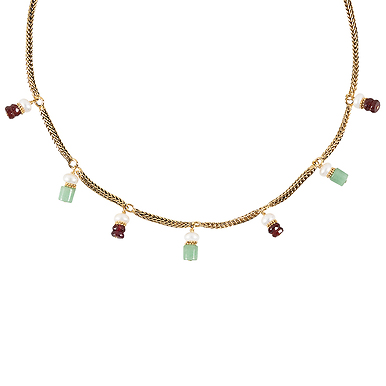Necklace The Turkish Bath
BZ400663
This pendant is inspired by a piece of jewellery worn by one of the women in Jean-Auguste-Dominique Ingres' painting, "The Turkish Bath".
The Turkish Bath
Jean-Auguste-Dominique Ingres (1780-1867)
Oil on canvas glued to wood, 1862
Musée du Louvre, Paris
The Turkish Bath is an encyclopaedia of the great...
Read more
This pendant is inspired by a piece of jewellery worn by one of the women in Jean-Auguste-Dominique Ingres' painting, "The Turkish Bath".
The Turkish Bath
Jean-Auguste-Dominique Ingres (1780-1867)
Oil on canvas glued to wood, 1862
Musée du Louvre, Paris
The Turkish Bath is an encyclopaedia of the great nudes dreamt up by Ingres over the course of his career, starting with the famous Valpinçon Bather (1808), who is shown from behind, seated. In bringing together all his favourite nudes, the artist signals his complete emancipation, insisting-without batting an eyelid-on the pre-eminence of the literary fantasy of the Ottoman bath (an 18th-century legacy) over the illusory ethnographic realism of young Orientalist painters.
With the confidence and nonchalance that comes with old age (82!), Ingres perfected his composition technique, which consisted of deliberately modifying the position, shape and structure of a range of densely arranged bodies. The women's hairless, velvety, even skin imbues the image with a stifling, milling, abominable eroticism. The extraordinary sculptural density of The Turkish Bath provided sufficient material to inspire the greatest artists of the 20th century, from Picasso and his Harem, to Bellmer and his dolls.
Gilt brass, red agate, imitation glass beads
Keep the jewellery away from dust and moisture. Avoid contact with perfume, chemicals and cosmetics; avoid getting the jewellery wet.
Close
Sold by GrandPalaisRmn

